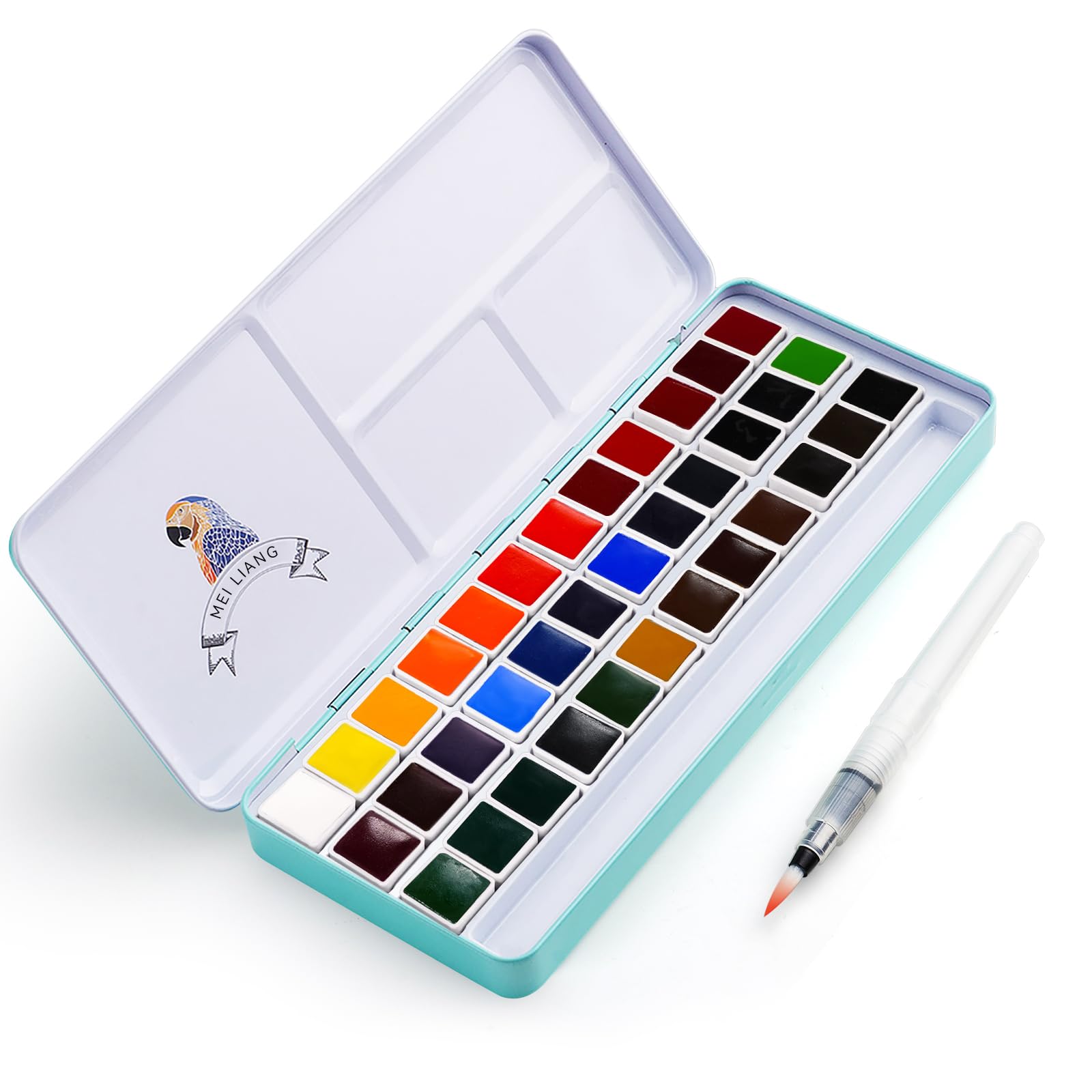Watercolor painting is an art form that captures the essence of beauty through transparent hues and fluid brush strokes. It allows artists to create pieces that are both vibrant and ethereal. Mastering watercolors can be a journey filled with discovery and expression. In this article, we provide practical tips for artists seeking to refine their watercolor techniques. From understanding your materials and mastering the water-to-pigment ratio to exploring techniques and preserving your artwork, these tips will guide you in capturing beauty on paper like never before.
The Foundation of Watercolor Painting
Before diving into techniques, it’s crucial to understand the tools and materials that form the foundation of watercolor painting.
Selecting the Right Paper
Watercolor paper comes in various textures and weights. Cold-pressed paper with a medium texture is versatile for beginners and experienced artists alike. Heavyweight paper, ideally 140 lb or more, can absorb more water and reduce warping. Experiment with different papers to find the one that suits your style.
Choosing Quality Paints and Brushes
Invest in artist-grade watercolors for their superior pigmentation and longevity. Brushes come in varied shapes and sizes; round brushes are a good starting point for their versatility. A few high-quality brushes in different sizes are better than a large set of low-quality ones. Remember, the right tools can significantly impact the final outcome of your work.

Mastering Water-to-Pigment Ratio
The water-to-pigment ratio is a critical factor in watercolor painting, influencing the intensity and transparency of your artwork.
Finding the Perfect Balance
Start with a wet brush and gradually mix in paint to achieve the desired opacity. More water will result in lighter, more transparent washes, while less water will give you more vivid colors. Practice on scrap paper to get a feel for different ratios and how they affect the paint’s behavior on paper.
Layering Colors with Glazing
Glazing is a technique where you apply a transparent layer of paint over a dry part of the painting. This method allows for color depth and luminosity. Let each layer dry completely before adding another to avoid muddying the colors. Patience is crucial when layering to maintain the brilliance of your watercolors.
Experimenting with Watercolor Effects
Watercolor painting offers various techniques that can add texture and movement to your work.
Wet-on-Wet vs. Wet-on-Dry
The wet-on-wet technique involves applying paint to a wet surface, resulting in soft edges and blending colors. In contrast, wet-on-dry provides sharp edges and more control. Use both techniques to create dynamic pieces with a mix of defined shapes and fluid blends.
Adding Texture with Salt and Sponges
To add interesting textures to your painting, sprinkle salt onto wet paint and watch as it absorbs the water, creating a starburst effect. You can also dab a sponge into wet paint or lift wet paint off the paper with a dry sponge to achieve different textures. These simple tools can produce amazing results when used creatively.
Preserving Your Watercolor Artwork
Once you’ve completed your watercolor masterpiece, it’s essential to preserve it properly.
Using a Fixative
While traditional watercolors don’t usually require a fixative, using one can protect your painting from dust and UV rays. Choose a watercolor fixative spray and apply it lightly following the manufacturer’s instructions.
Framing and Displaying
Frame your watercolor paintings behind glass to protect them from the environment. Use acid-free mats and backing to prevent yellowing. Keep artwork away from direct sunlight to avoid fading and maintain the vibrancy of your colors.
Watercolor painting is a beautiful expression of artistic talent that combines skill with the serendipity of how water interacts with pigment. By understanding your materials, mastering the water-to-pigment ratio, experimenting with various techniques, and appropriately preserving your artwork, you can create watercolor pieces that truly capture beauty. Remember, watercolor is a medium of patience and practice. Embrace the learning process and let your creativity flow as freely as the water on your palette. With these tips, you’re well on your way to becoming a proficient watercolor artist, able to convey the subtleties and splendor of the world around you.